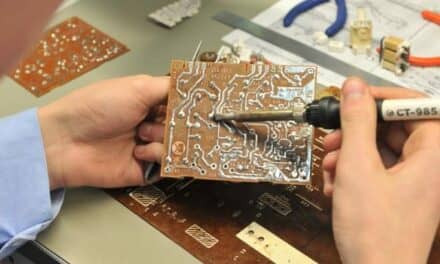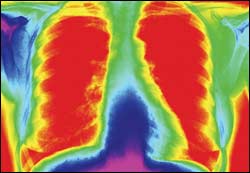
David Harrington, PhD
Inventors, engineers, and techies for years followed the K I S S protocol of “keep it simple, stupid.” That protocol got us to the moon and back, and brought us the personal computer, the Internet, and some fantastic advances in health care. Now we seem to be heading in the opposite direction. As one of the standing jokes about computer programs states, “If it works well, it does not have enough options.” Those of us in the medical field have to be very careful that we use technology to benefit the patient, not just to generate data that no one looks at or acts upon.
In June 2010 the Center for Medicare and Medicaid Services (CMS) and the Office of the National Coordinator for Health IT (ONC) released the “final rules” for electronic health records. Note it is electronic health records, not electronic medical records as many of us have been using in our planning. This set of final rules covers more than 860 pages and references over 60 other sources that had some input into the rules—so we can be assured that it will be easy to work with and have no conflicts or other problems. If you believe that, then I have something to sell. I am not too sure how this will impact our day-to-day workload, but I do predict that it will have some impact on what we do and how it gets done—but we have until 2014, as I read in the provisions. I am sure the regulations are not following the K I S S protocols of old.
It is rumored that the “90% rule” on the utilization of medical devices will be issued soon by CMS. As presently understood, if a device costs more than $1,000,000 it must be used 90% of the time in order for CMS to pay for the procedures performed with that device. As many insurance companies follow the lead of CMS on what they will and will not cover, this could mean that no new high-end equipment will come into widespread use. Now, stop and think, what device in your hospital is used more than 90% of the time? Another version says the device must be available for use 90% of the time. That is easier, but it could be very costly, as the hospital would have to staff up so there is a qualified person available to run the device 90% of the time.
I doubt that this rule will have much of an impact on our health care as companies will reprice systems, breaking them down into subsystems that are under the dollar limit and then assembled into the final system at the location. Again, K I S S does not seem to apply.

Next Steps
So what is our next step in our ever-expanding roles of managing technology in health care? My belief is that as individuals we cannot beat the system with all of its lawyers, so we have to take a page from the lawyers’ handbook of getting around rules. Our first set should be to get those organizations that are paid to “support us,” such as purchasing groups, associations, and insurance companies, to help us get things under control and get rid of or modify many options/features in these regulations that confuse workers and add to costs. Second, the ISOs and hospital chains have to step up and commit resources to supply us with technical support people with complete and accurate guidance on how they and the hospital can comply with the rules. Third, the OEMs will have to get real on what they supply the customers with on documentation. Fourth, those of use that are in the technical support areas have to let our voices be heard in administration, finance, and with peers so that we can keep the necessary technology in use to support patient care, while cutting loose the unnecessary rules, regulations, and obsolete technology. Obsolete technology replacement will be difficult in this time of limited funding, but it must be done. If a device is not supported by its manufacturer any longer, how will you interconnect it to other devices and to the network? If a device is banned by the FDA, get rid of it or you are asking for a problem.
Preparing for Y2014
A little over 10 years ago health care spent countless millions and possibly billions of dollars on Y2K. Note that most of the expenses were to update IT systems, not medical devices. Now with the new CMS rules we are facing another deadline of upgrading our medical devices, so start your planning for Y2014, and remember, K I S S. We can only hope that history does not repeat itself and that medical technology will get most of the financial support to upgrade our systems—and not IT, as what happened in the past.
David Harrington, PhD, is a health care consultant in Medway, Mass, and a member of 24×7’s editorial advisory board. For more information, contact .
What’s on Your Mind?Got a gripe? A recommendation? Does someone or something deserve praise? Share your opinions and insights with your peers. Soapbox columns should be 850 to 900 words in length and can be e-mailed to . |




